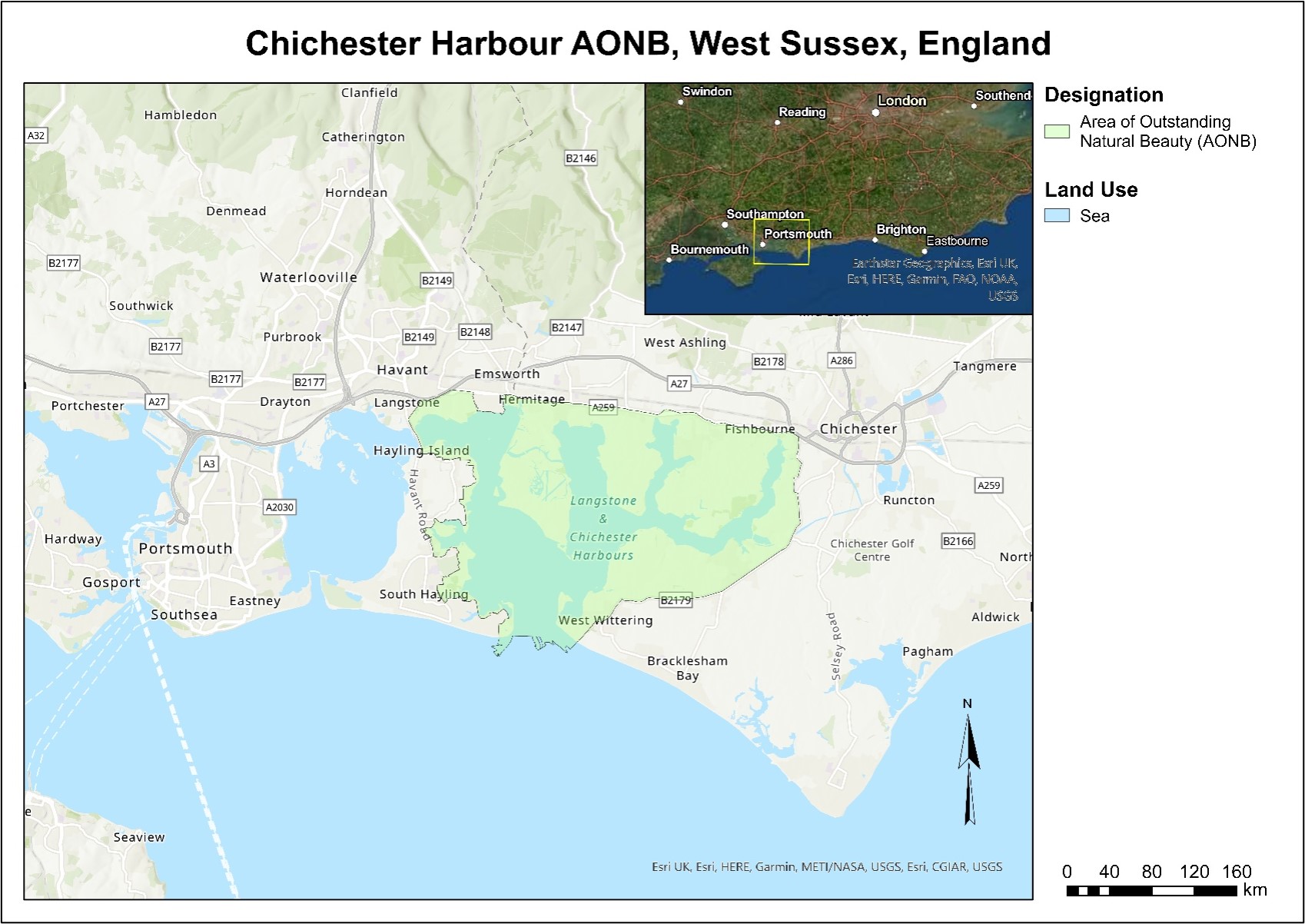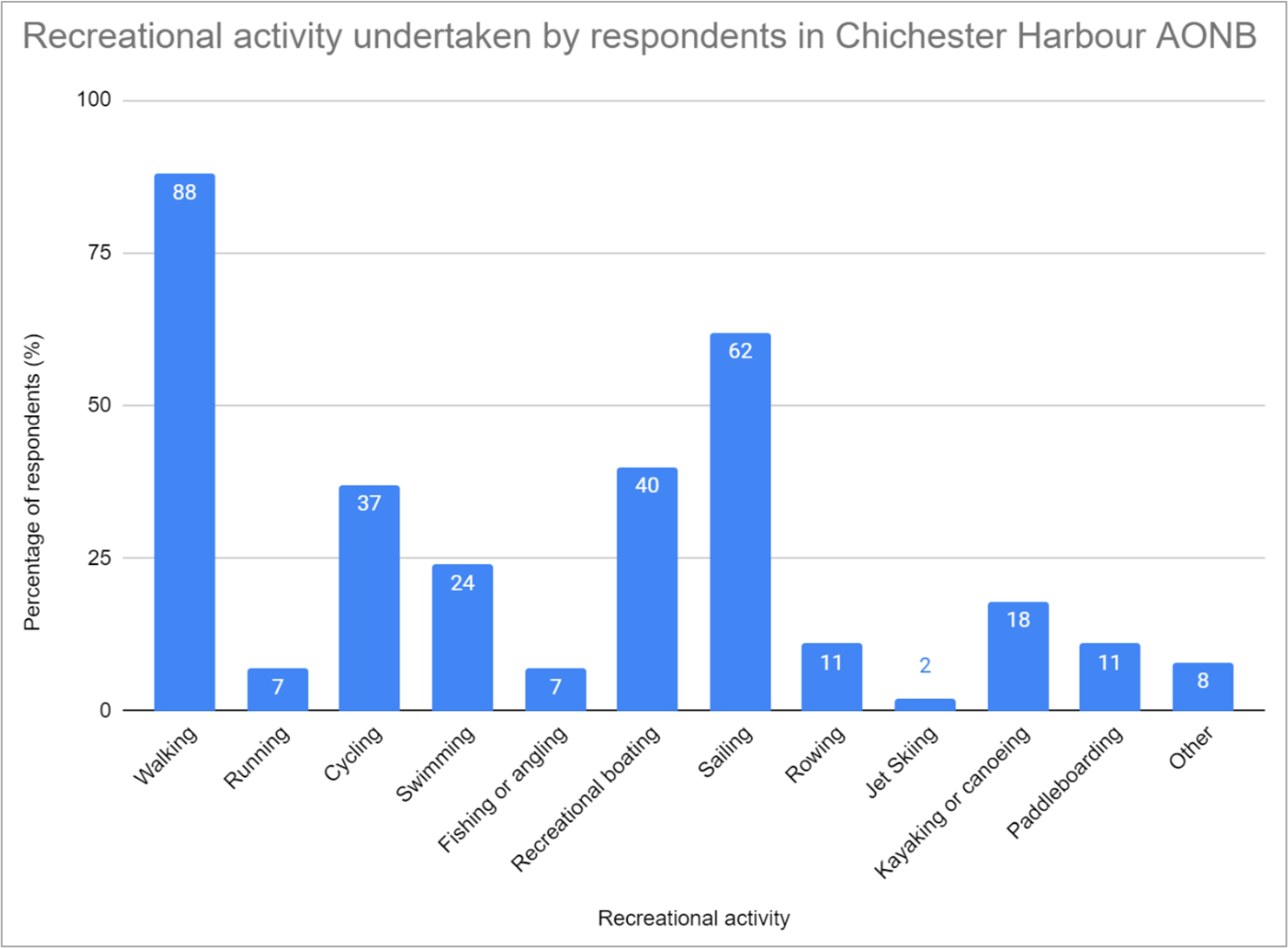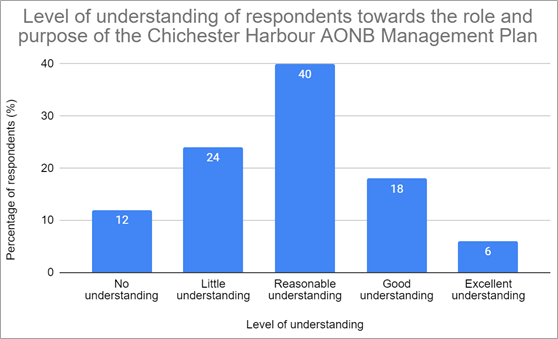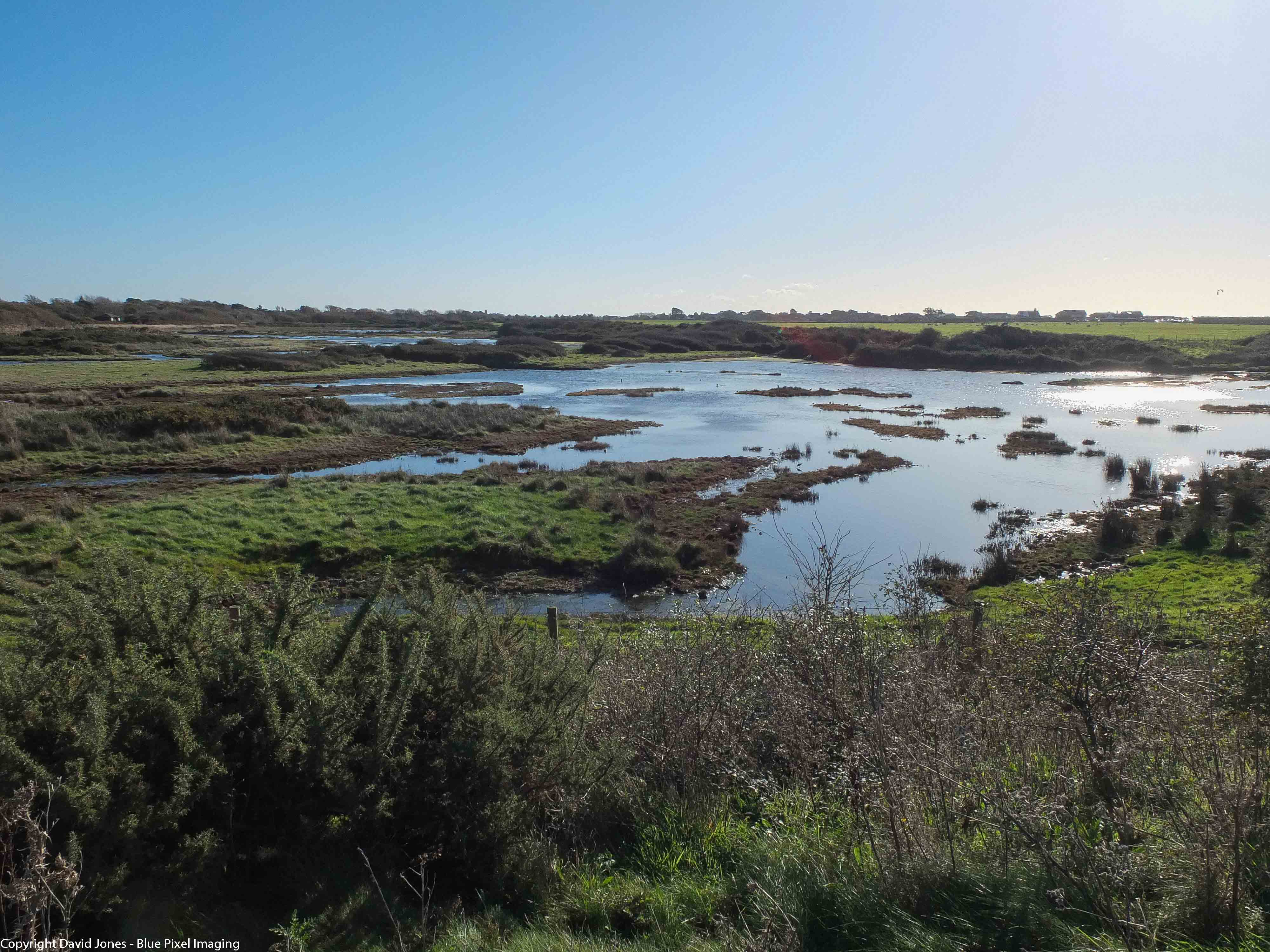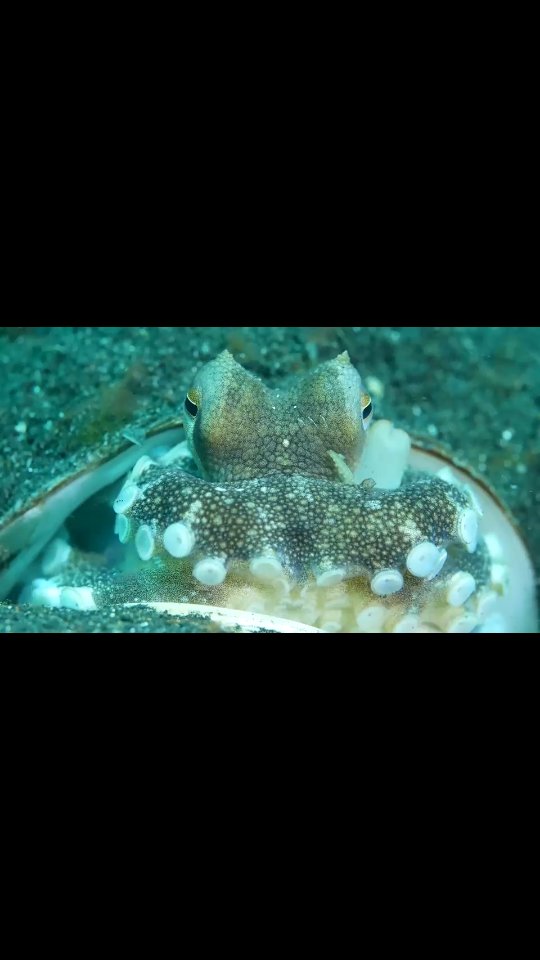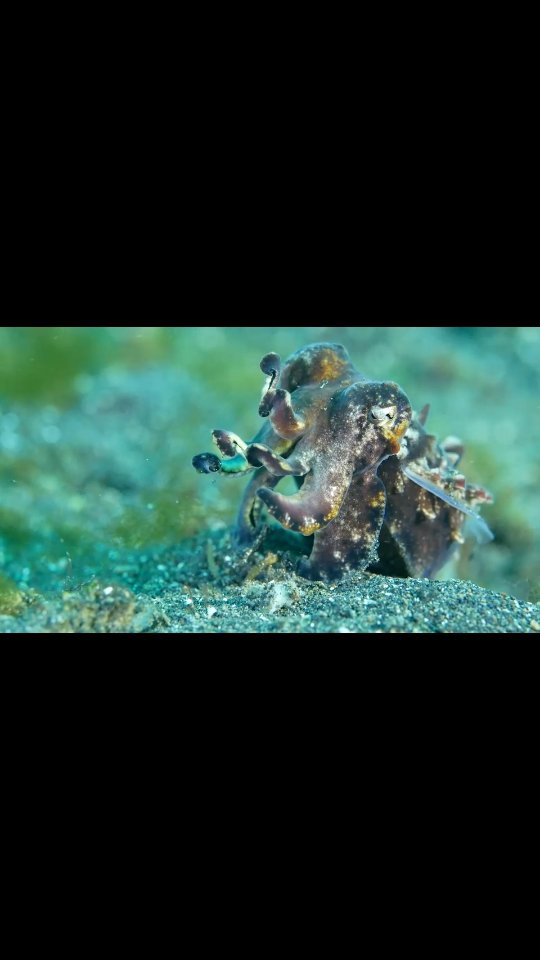Summary of Results
Overall, the research design for this study was successful in achieving a good level of response for research which required appraisal of its assessment indicators. The questionnaire achieved a 5.7% response rate, and 4 stakeholders were interviewed who possess differing levels of knowledge or opinion within their respective organisations.
In total, there were 513 recorded responses of the online questionnaire and four interviews held. Several questions required respondents to consider all factors, dependent upon the question, and then rank them in order of personal importance. Therefore, one option may be selected by many respondents, however it may not be a true reflection of the most important factor. Ranking questions determine the average ranking for each option, thus calculating which answer was favoured overall. Furthermore, it is common for researchers to use average ranking analyses when presenting results, in addition to stakeholders being able to make judgements on different factors or approaches.
Recreational Activity
The questionnaire data collected for this research suggests that walking is the most popular recreational activity undertaken in the AONB, with 88% of respondents and all four interviewees stating they partake in this pursuit. Sailing is the second most popular recreational activity undertaken, with 62% of respondents and all four interviewees participating. Jet skiing is the least popular activity, with only two people being participants.
Outdoor recreational activity, especially in lockdown, provides socialisation opportunities and physical and mental wellbeing (Samuelsson et al., 2020). In other AONBs, walking and sailing events are organised by public volunteers, alongside walking routes and sailing boundaries being designated by stakeholders (Cotswolds AONB, 2020; Suffolk Coast & Heaths AONB, 2020). The CHC could utilise stakeholder engagement approaches by holding community workshops, education events and distributing emails promoting the benefits of outdoor recreational activity within the AONB.
Perceptions of Environmental Conservation
AONB designations are the most widely known, with 495 respondents saying yes. SSSIs are also well known, with 448 respondents saying yes. Ramsar sites are lesser known, 273 respondents stated they are not aware of the designation.
Overall, SSSIs have the best level of understanding, with 470 respondents having little to excellent knowledge about the designation. AONBs also have a good level of understanding, with 470 respondents having little to excellent knowledge about the designation. Ramsar sites have the least level of understanding, with 292 respondents having no knowledge about the designation.
It is evident that a large proportion of respondents are aware of AONB designations and have good knowledge about them. However, this has shown in recent studies to vary greatly; public awareness and concern is generally higher for the ‘attractiveness’ of AONBs, rather than for their biodiversity or conservation value or the role they fulfil within their ecosystem (McKinley et al., 2020).
Awareness and Understanding of the Management Plan
40% of respondents feel they have a reasonable understanding (somewhat understanding its role and purpose) of the Management Plan, however only 24% of respondents feel they possess a good to excellent understanding (mostly to fully understanding its role and purpose), 8.3% lower than 36% of respondents having no to little understanding (not heard to heard of the plan).
Other AONBs have shown that stakeholder engagement mechanisms to improve awareness of changes to the area or the respective Management Plan have been successful; “involving local groups and individuals at the outset of planning has helped identify the challenges which the AONB faces, be it an environmental or human cause, but it also gives the local community a sense of ownership” (High Weald AONB, 2014, p. 1).
Conclusion
This research has provided insight into how changes to AONB management would benefit from continuous stakeholder engagement throughout the planning and review process. By appraising the perceptions of the public, it has been possible to ascertain that coastal and marine users of Chichester Harbour have a reasonable awareness and understanding of AONB designations, the changes occurring, how pressures, from coastal processes or anthropogenic activity, impact the special qualities of the landscape. This has also been proved from interviews held with stakeholders of the Statutory Advisory Committee. It has been established that a large majority of respondents and all interviewees support the implementation of adaptive management strategies to protect the AONB from coastal pressures and enhance its natural beauty, alongside utilising stakeholder engagement to increase awareness and understanding of Chichester Harbour AONB and its Management Plan through various methods of informance and education. The CHC can consider these views of the users within the next AONB review and in the aforementioned ‘Vision to 2050’ document.

